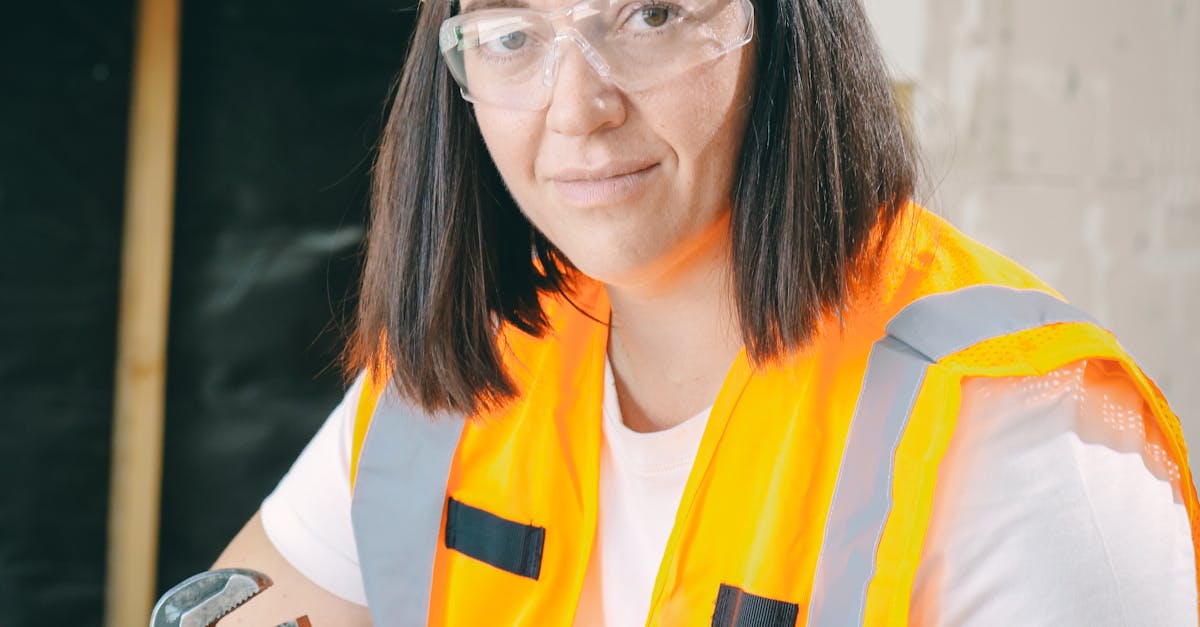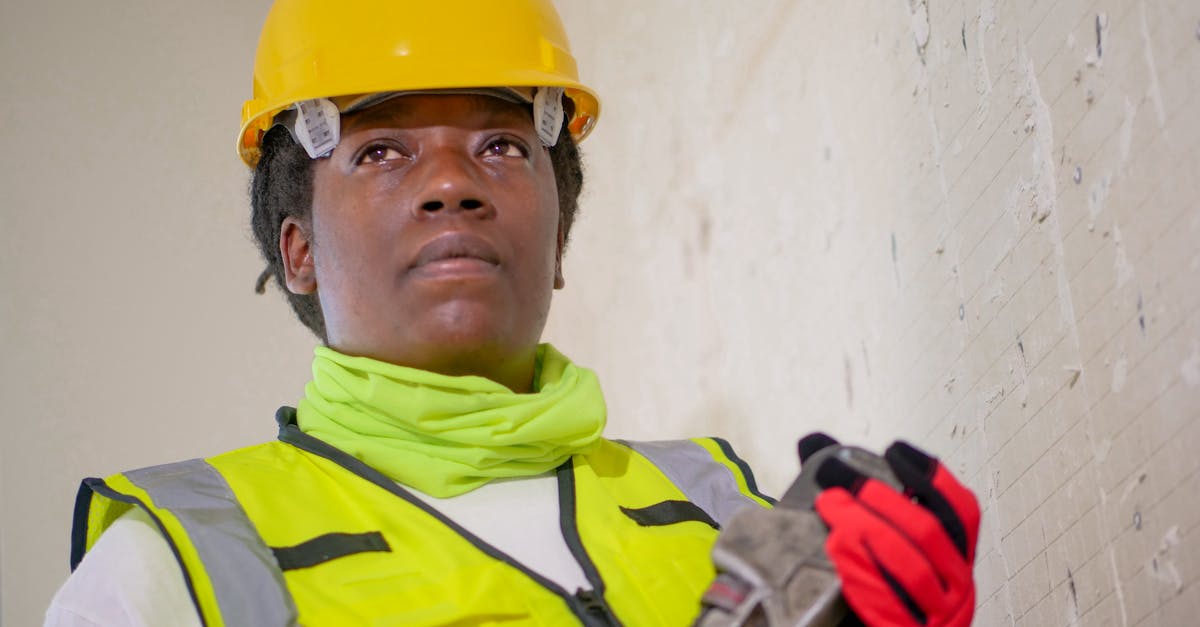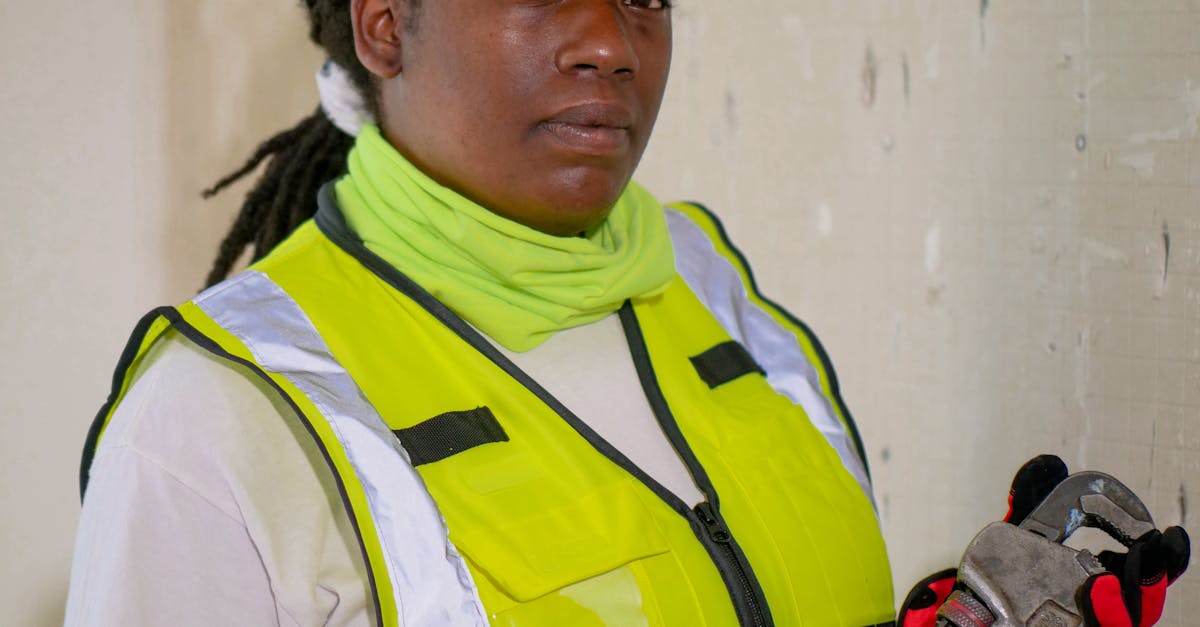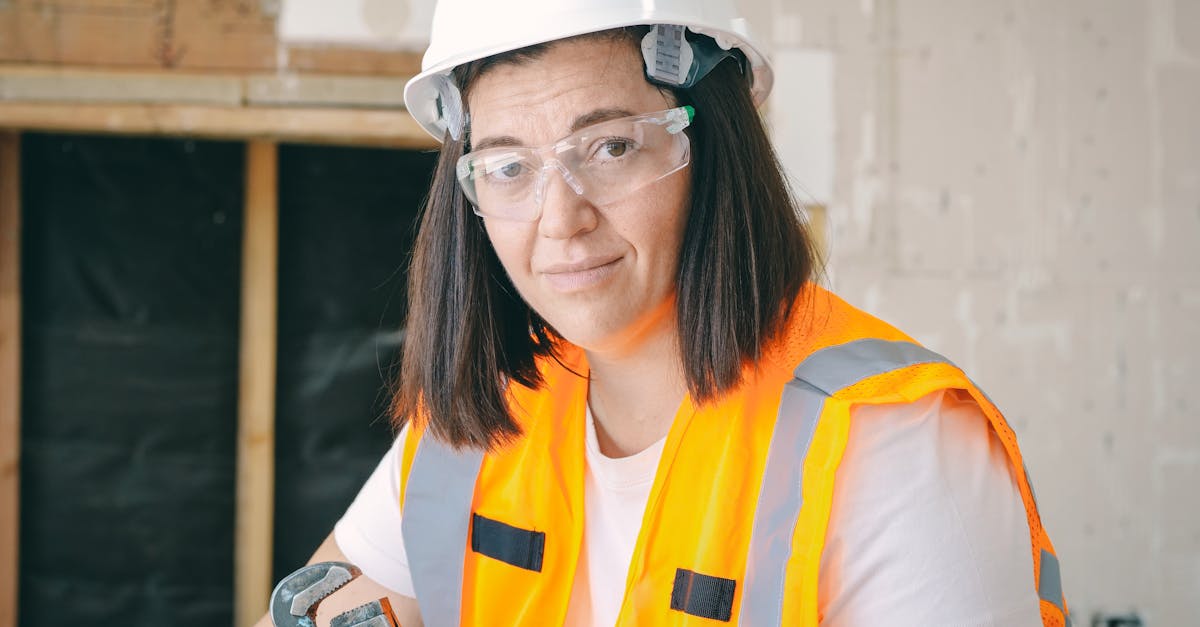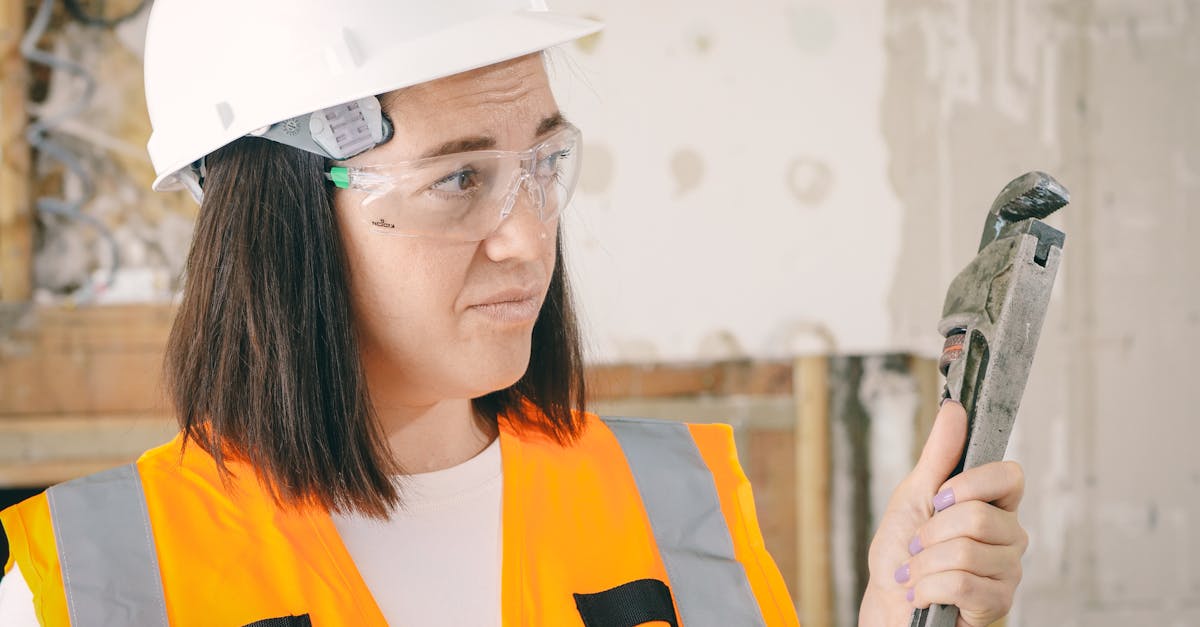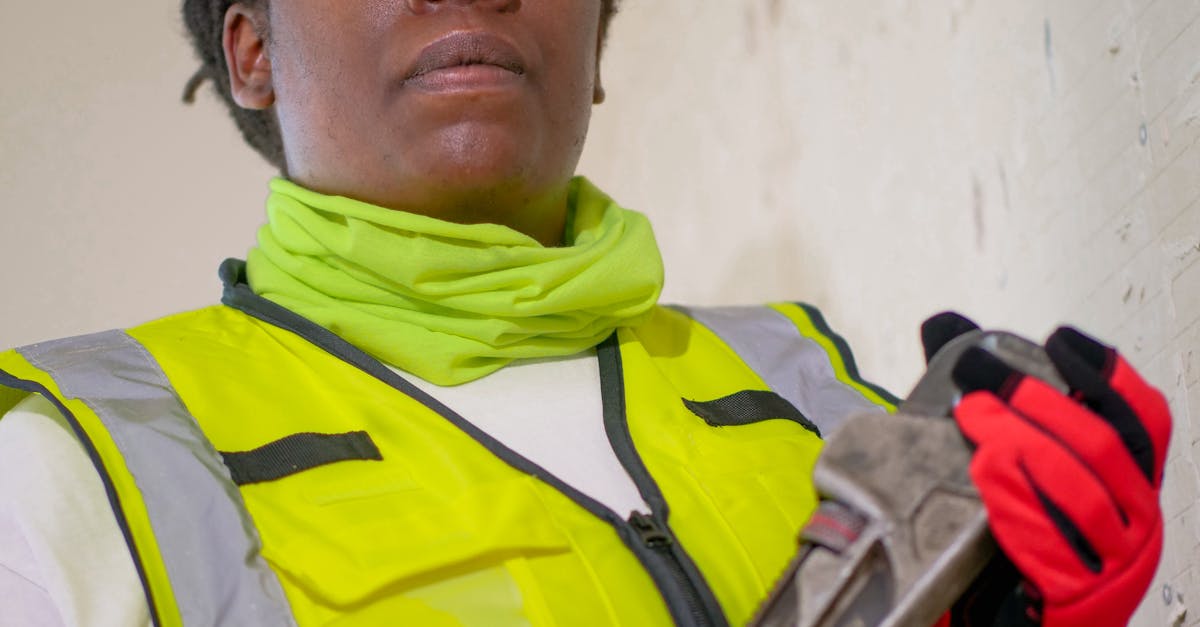
Table Of Contents
Installing the New Sink
Choosing the right sink is essential before beginning the installation process. Consider factors such as size, style, and material to ensure the new sink fits well within the existing cabinetry. Another important aspect is the countertop; it may require adjustments if the new sink has different dimensions. Preparing the area by clearing out any items underneath and ensuring good lighting will make the entire task easier.
Once you've selected the sink, begin by removing the old one. Disconnect the plumbing fixtures, including the water supply lines and drainage system. This step is critical for avoiding leaks during sink installation and repair. Carefully take out the old sink, paying attention to any remaining adhesive or sealant that may need to be removed from the countertop to create a clean, smooth surface for the new sink.
StepbyStep Guide to Proper Installation
Before starting your sink installation and repair, gather all necessary tools and materials. You will typically need a basin wrench, plumber's tape, silicone sealant, and a putty knife. Make sure to disconnect the water supply and remove the old sink carefully, avoiding damage to the surrounding cabinetry or countertops. Clean the area thoroughly to ensure a good fit for the new sink. Familiarise yourself with the installation instructions provided by the manufacturer, as these will vary based on the sink type.
Once the old sink is removed, place the new sink into the countertop cutout to check the fit. Apply a bead of silicone sealant around the edge of the cutout to create a watertight seal. Lower the sink into the opening, ensuring it is level and properly aligned. Secure it in place with the clips or brackets provided. After the sink is secured, reconnect the plumbing fixtures following the guidelines specific to your sink model. Ensure all connections are tight to prevent leaks before proceeding to final adjustments and checks.
Connecting Plumbing Fixtures
When connecting plumbing fixtures, ensure that you have all necessary tools and materials ready. Start by shutting off the water supply to prevent any leaks. Carefully align the sink's drain opening with the existing plumbing. Use a rubber gasket to create a watertight seal between the sink and the drain pipe. Tighten the locknut under the sink using a basin wrench. Ensure the connection is secure but avoid overtightening, as this can damage the components.
Next, focus on connecting the water supply lines. Attach the hot and cold water supply tubes to the respective inlet valves on the sink. Ensure that you use new washers to prevent leaks. Once the supply lines are in place, turn the water supply back on gradually. Testing for leaks at all connections is crucial. Sink installation and repair often require attention to detail during this stage to avoid future issues. If you notice any leaks, turn off the water and check the connections again, making adjustments as necessary.
How to Properly Reconnect Water Supply and Drainage
After securely positioning the sink, the next step involves reconnecting the water supply and drainage. Begin by locating the water supply valves under the sink. Ensure that these valves are in the off position before proceeding. Attach the hot and cold water supply lines to their respective valves. Use a wrench to tighten the connections gently, taking care not to overtighten and risk damaging the fittings.
Once the supply lines are securely attached, turn the water supply back on slowly to check for leaks. If everything appears tight and leak-free, move on to connecting the drainage system. Align the drainpipe with the sink’s outlet and secure it using the appropriate fittings or clips. This part of sink installation and repair is crucial to prevent any future plumbing issues, so check for proper alignment and ensure all seals are in place.
Completing the Installation
Once the sink is securely in place, it is essential to perform final checks to ensure everything is functioning correctly. Inspect the countertop for any gaps around the sink that may need sealing with silicone caulk. This will prevent water from seeping underneath and causing damage. Ensure that all plumbing connections are tight and there are no leaks when you turn the water supply back on.
After confirming that there are no leaks, run some water in the sink to test the drainage. Check the function of both hot and cold taps to guarantee they are operating as intended. If any adjustments are needed, now is the time to make them. A successful sink installation and repair can enhance both the functionality and aesthetic appeal of your kitchen or bathroom.
Final Checks and Adjustments
Once the new sink is securely in place, it’s essential to conduct a thorough inspection to ensure everything is functioning correctly. Check for any gaps between the sink and the countertop, as well as around the edges. Any visible gaps could indicate improper sealing, which may lead to leaks in the future. Proper sealing is critical for the longevity of your installation, so use a silicone caulk to fill in these spaces if necessary.
Next, turn on the water supply and test all plumbing fixtures connected to the sink. Look out for leaks around the connections. If any leaks are detected, tightening the fittings might resolve the issue. Running both hot and cold water will also help ensure that the plumbing responds appropriately. Completing these final checks is vital in sink installation and repair, ensuring a well-functioning and durable sink for your space.
FAQS
How long does it typically take to replace a sink?
The time required to replace a sink can vary, but on average, it takes between 2 to 4 hours depending on the complexity of the installation and your level of experience.
Do I need any special tools to replace a sink?
Yes, some common tools you may need include a basin wrench, adjustable wrench, screwdriver, putty knife, and possibly a hacksaw if you need to cut any plumbing.
Can I replace my sink without professional help?
If you have basic plumbing and DIY skills, you can replace your sink yourself. However, if you're unsure about any part of the process, it’s wise to consult a professional.
What should I do if I encounter leaks after installing the sink?
If you notice leaks after installation, first check all connections to ensure they are tight. If the problem persists, you may need to disassemble and reapply plumber's tape or sealant, or consult a plumber for assistance.
Are there specific types of sinks that are easier to install than others?
Generally, drop-in sinks are easier to install than undermount or farmhouse sinks, as they require less work on the cabinetry and plumbing.




